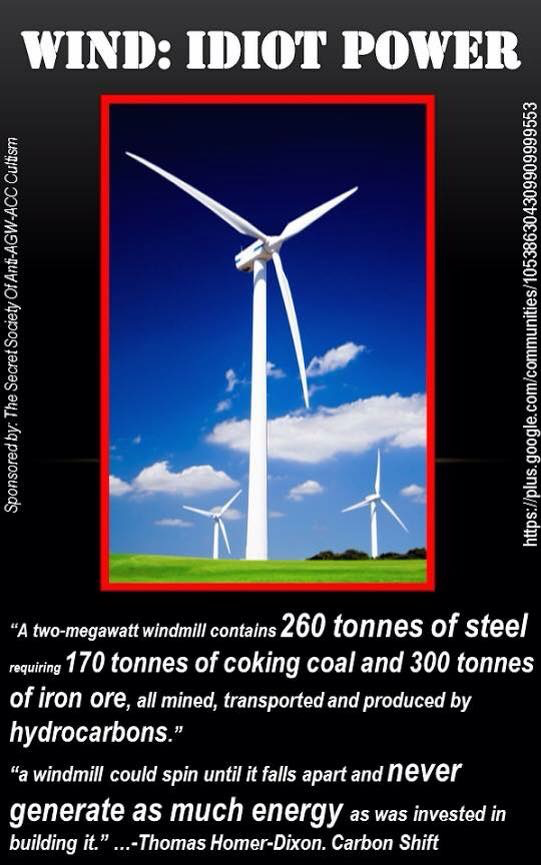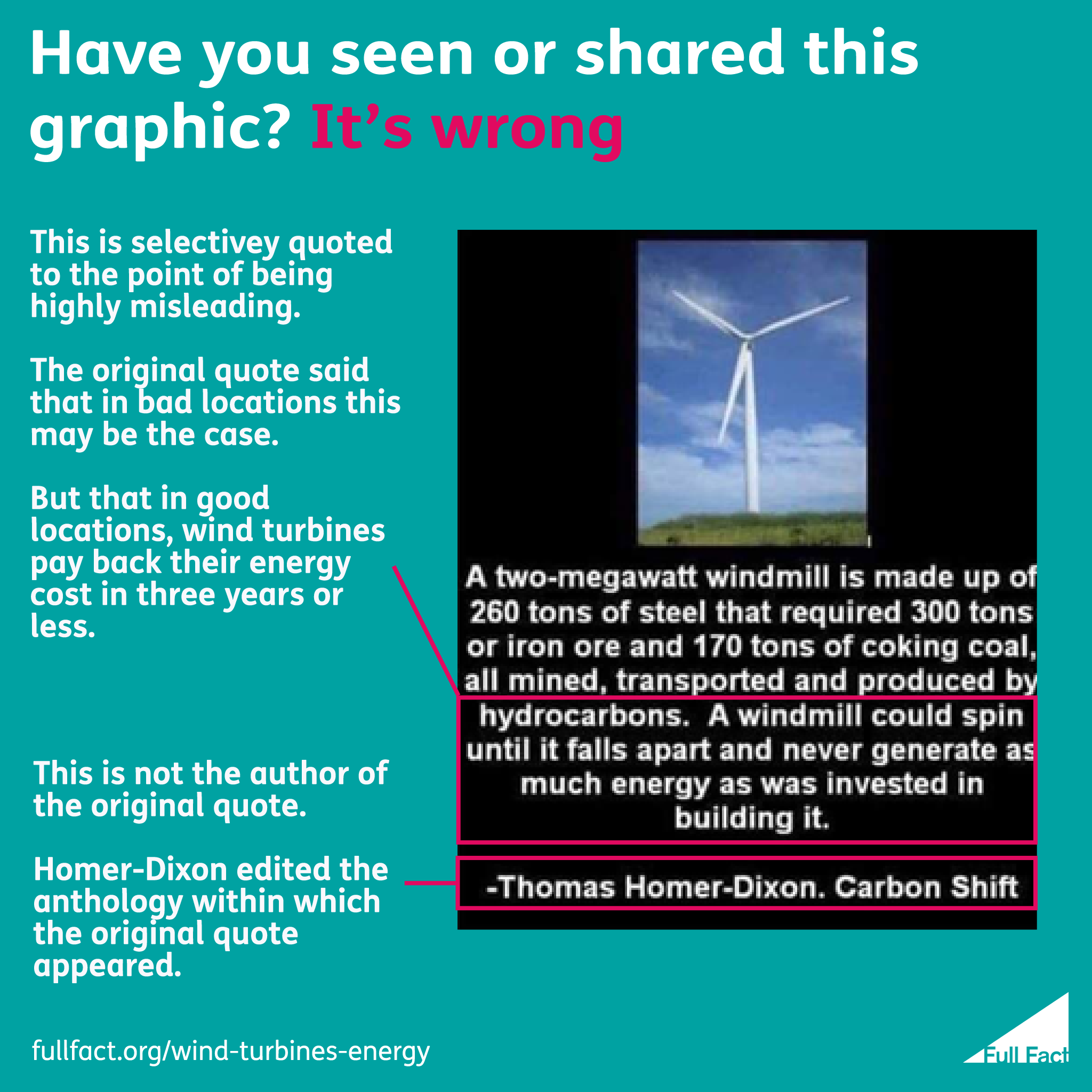Old Rocks
Diamond Member
- Thread starter
- #61
Cadmium Coatings
Cadmium coatings are applied to iron, steel, brass and aluminium and give excellent resistance to corrosion in most conditions and especially in marine and alkaline environments. Cadmium, like zinc, also provides sacrificial protection to a substrate such as steel by being preferentially corroded when the coating is damaged and small areas of the substrate are exposed. In addition to corrosion protection, cadmium coatings provide a low coefficient of friction and therefore good lubricity, predictable torque characteristics, good electrical conductivity, protection from galvanic corrosion (in particular when in contact with aluminium), easy solderability, low volume corrosion products and reduced risks of operating mechanisms being jammed by corrosion debris for many components in a wide range of engineering applications throughout industry.
Cadmium coatings are particularly useful in the electrical, electronic, aerospace, mining, offshore, automotive and defence industries where they are applied to bolts and other fasteners, chassis, connectors and other components.
Electroplating accounts for over 90 per cent of all cadmium used in coatings but mechanical plating and vacuum or ion deposition have some commercial significance. The coating is normally specified in thickness' between 5 and 25 µm depending on the severity of the atmosphere. Chromate post-treatment of the coating can increase coating life.
All the information on Cadmium - Coatings
A lot more chance of cadmium getting into the ecosystem from this use than from solar panels.



